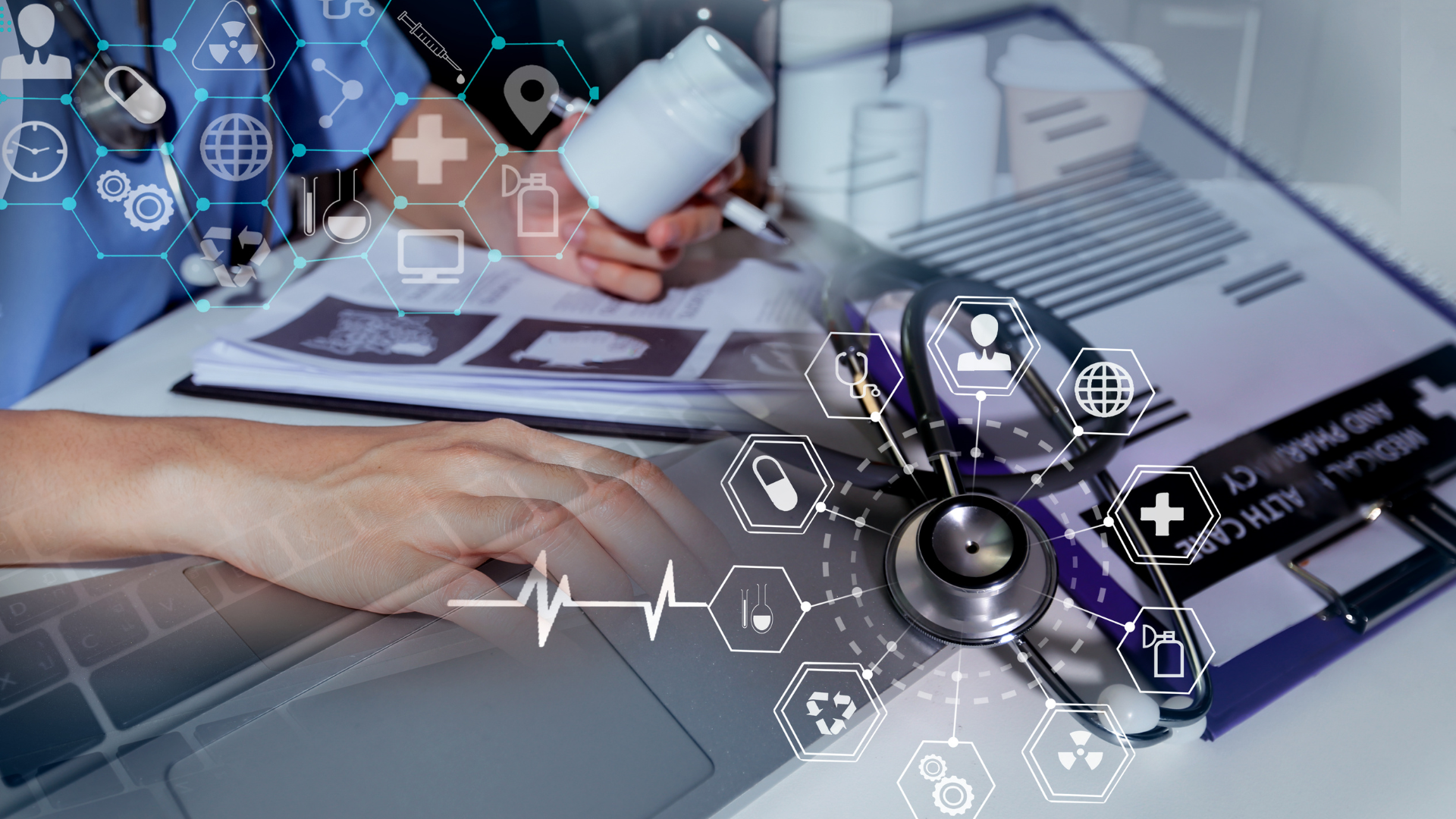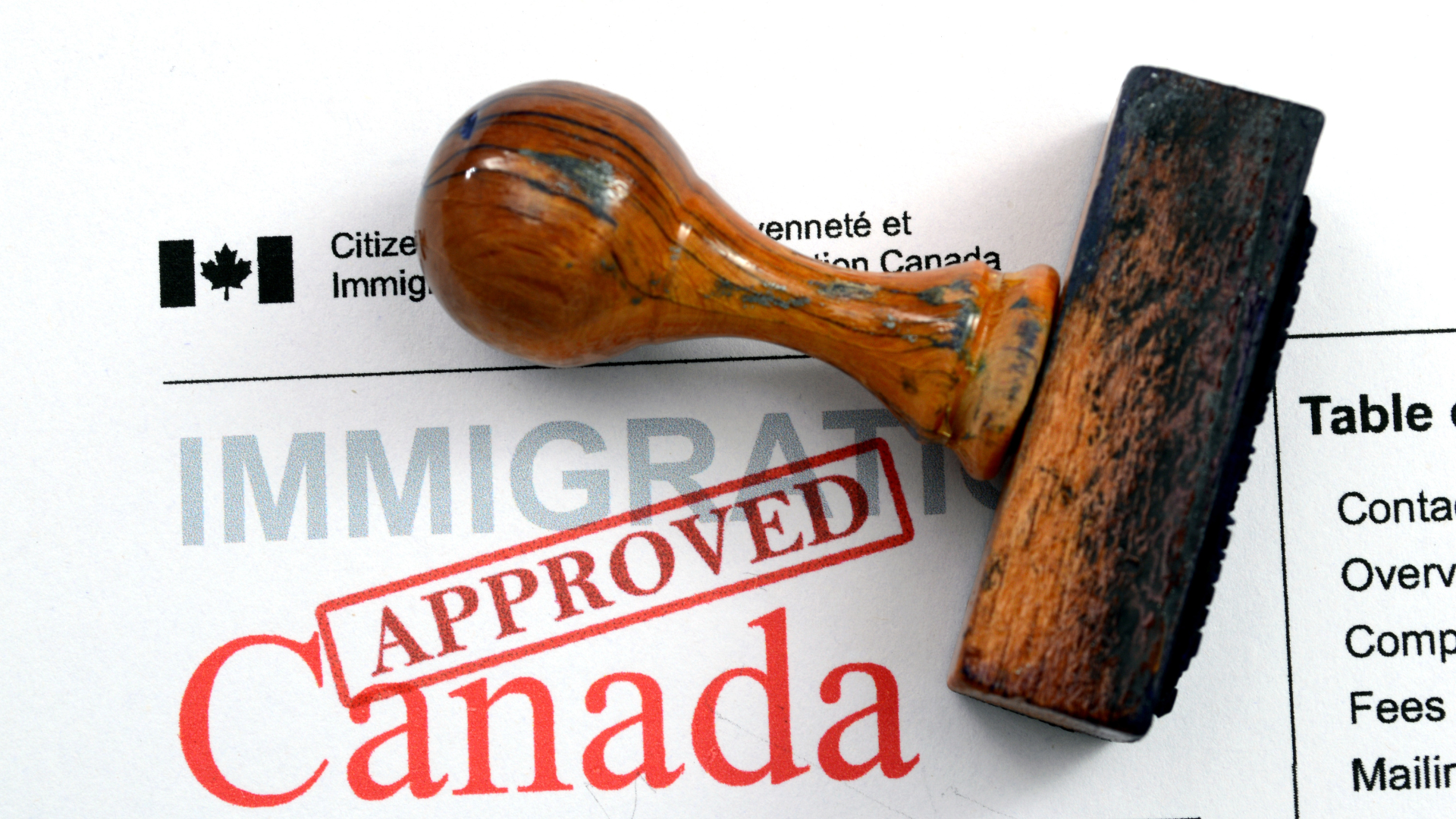Should You Choose Inland or Outland Sponsorship to Sponsor Your Spouse or Partner?

Sponsoring a spouse or partner for permanent residence (PR)
in Canada is an important decision for Canadian citizens and permanent
residents. While the process allows you to bring your loved one closer,
understanding the sponsorship types—inland sponsorship and outland
sponsorship—can help you decide which option suits your situation best.
This guide explains the key differences between inland and
outland sponsorship and highlights when each might be the right choice.
What is the Difference Between Inland and
Outland Sponsorship?
The terms inland sponsorship and outland
sponsorship refer to two different ways of sponsoring a spouse, common-law
partner, or conjugal partner for PR in Canada. The choice depends on factors
like where you and your partner currently live and your travel needs during the
application process.
Here’s how the two options compare:
|
Aspect |
Inland Sponsorship |
Outland Sponsorship |
|
Application Class |
Spouse or Common-Law Partner in Canada Class |
Family Class |
|
Location of Sponsor and Sponsored Person |
Both must live in Canada during application processing. |
Sponsor lives in Canada; the sponsored person lives
abroad. Canadian citizens may sponsor from abroad. |
|
Residency Requirement During Processing |
Both must stay in Canada while the application is
processed. |
Sponsored person can travel freely; sponsor may also
leave if a Canadian citizen. |
|
Open Work Permit Eligibility |
Sponsored person may qualify for an Open Work Permit
(OWP). |
Sponsored person may qualify for an OWP if in Canada. |
|
Appeal Option |
No appeal if the application is refused. |
Appeal is possible if the application is denied. |
Inland Sponsorship: What You Need to Know
Inland sponsorship
applies if both the sponsor and the sponsored person are already living in
Canada. The application is processed within Canada, and the sponsored person
may qualify for an Open Work Permit, allowing them to work while waiting for
their PR approval.
However, the sponsored person must maintain valid temporary
resident status throughout the process, and both individuals must remain in
Canada until the application is completed. If the application is refused, there
is no option to appeal.
Outland Sponsorship: What You Need to Know
Outland sponsorship is
typically used when the sponsored person is living outside Canada. This option
is processed through a visa office in the sponsored person’s home country or
the nearest office. However, Canadian citizens can also use this option if
sponsoring their partner from abroad, provided they show plans to return to
Canada once PR is granted.
Outland sponsorship offers more flexibility in terms of
travel. The sponsored person can leave and re-enter Canada during the process,
and if the application is denied, it can be appealed.
Which Option Should You Choose?
When deciding between inland and outland sponsorship,
consider the following:
- Location
of Both Parties: If both you and your partner are in
Canada, inland sponsorship might be more convenient. If your partner is
abroad, outland sponsorship may be the only option.
- Travel
Needs: If the sponsored person or sponsor needs to travel
during the application process, outland sponsorship offers more
flexibility.
- Eligibility
for Open Work Permit: Inland sponsorship allows the
sponsored person to apply for an Open Work Permit while waiting for PR
approval.
- Appeal
Rights: If there’s a chance of refusal, outland
sponsorship provides an appeal option, which is not available for inland
sponsorship.
Important Considerations for Specific Relationships
- Conjugal
Relationships: Only eligible under outland sponsorship
(Family Class). The sponsor must prove plans to live in Canada after PR
approval.
- Permanent
Residents as Sponsors: Must be physically present in
Canada during the application process. They cannot sponsor from abroad.
Sponsoring your spouse or partner for PR in Canada is a
significant step, and choosing the right sponsorship type can make the process
smoother. Be sure to assess your eligibility and consider the factors discussed
above before making a decision.





